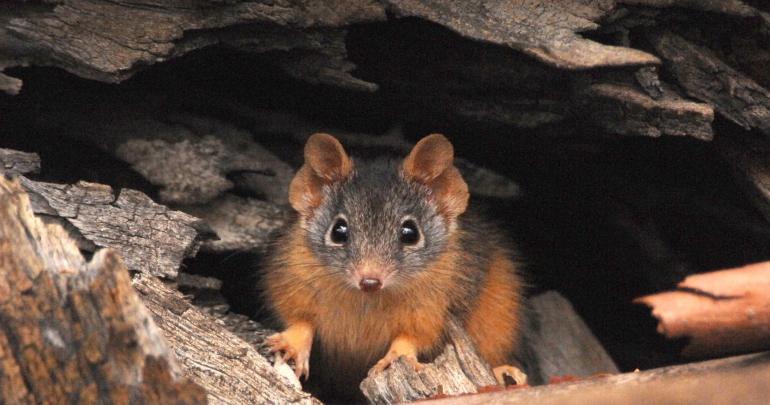‘Too much bonking can turn you into an endangered species’

The last 12 months have been great for raising the voice of the over-60s community at Starts at 60, something we feel strongly about doing. During the next few weeks we are celebrating the blogs that resonated with readers the most throughout the year. This blog is one of our Top 30 blogs for 2018.
A certain number of women seem to believe the male of the species is good for just one thing… and sometimes not even very good at that! To even up the argument, may I tell you about one little man who’s not only good at it, but is so good it causes his death?
I’d like to introduce Antechinus swainsonii and his cousin, Antechinus minimus. They, and several other cousins, have the doubtful privilege of being world champions in the field of semelparity, the act of dying following a single period of mating.
So, who or what are antechinus? People who live in the bush and many rural areas – anywhere from Mackay down to the Victoria/South Australia border, and including all of Tasmania – will be aware of at least one species. They are frequently known as marsupial mice. Despite a general similarity in size and fur and shape, they are not related to mice at all. Antechinus are carnivorous marsupials that actively hunt insects and spiders, and will even eat small birds and frogs if the opportunity arises.
Breeding varies according to a number of criteria, including latitude, general climate, ambient temperature, and altitude. Timing is critical in that it must coincide with the summer insect explosion, which provides the animal’s major food source. Females give birth to between eight and 14 young, dependent on species. There is an over-birth rate of around 20 per cent, meaning the strongest attach to a nipple while the weakest fail to survive.

Mum has no pouch, as such, so the young must latch on to a nipple and hold on to her fur for dear life. They wean at about 100 days, by which time their combined weight is about four times that of their mother. Not surprisingly, she is dramatically weakened by the need to maintain such a level of nutrition to her brood. In some species, the female antechinus may live on into a second year, with somewhere between 30 per cent and 50 per cent bearing a second litter.
All of which is fine, but does nothing to explain what I promised to write about – sex! Wild, glorious, uninhibited sex.
The male of all antechinus species lives his first 11 months as just another member of the group, living in tree hollows, fallen logs or burrows in the ground while foraging for food. But at the ripe old age of 44 weeks, a massive surge of testosterone explodes through him and he realises what life has planned for him. He becomes totally occupied in procreative activity.
His prowess coincides with the female entering oestrus and all of a sudden, instead of being just another small bush animal competing for food, she becomes the object of his absolute desire. His nose and his newfound masculinity tell him, as does her demeanour.
The female mates with almost every available strong male, the only ones she rejects being those turned against by other males and thus considered weak. In turn, the male spends full-time mating with as many females he can. The act itself is generally quite brutal, the male biting the female on the back of the neck.
Females store sperm for up to two weeks, with only the strongest selected for fertilisation. Babies from one litter may have several different fathers. As many as 70 per cent of all litters will be born on the same day, four weeks later.
After his period of intense sexual activity, the male is spent. At the ripe old age of 11.5 months, his duty done, he dies, having potentially lived every man’s dream. The little antechinus has literally bonked himself to death.
RIP, little man.








 Proudly Australian owned and operated
Proudly Australian owned and operated